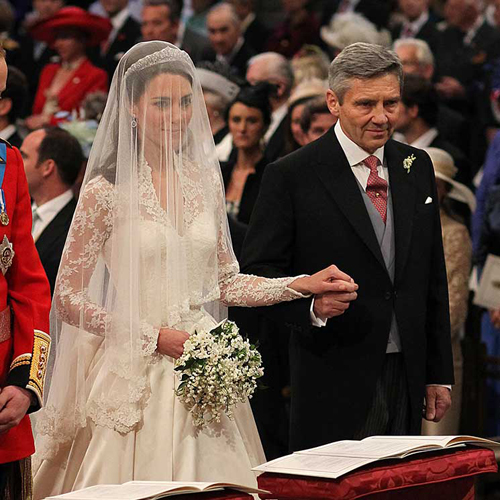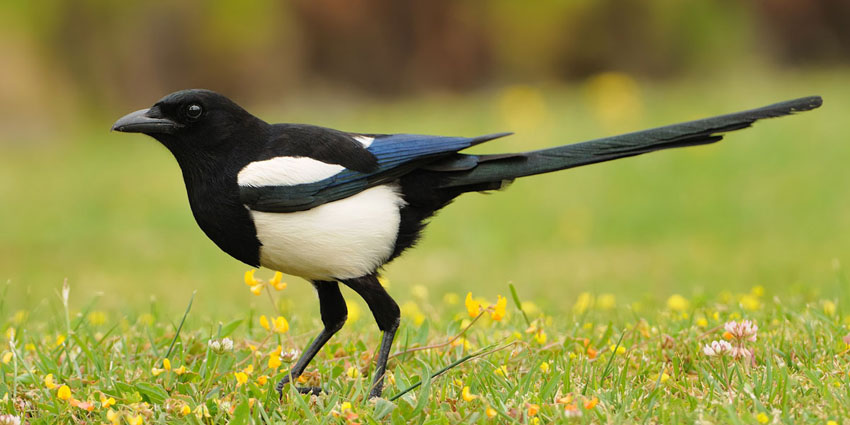




Back to the West Yorkshire Page

- The Royal Connection
- West Yorkshire Eats
- Owlbut's Birdwatch
- West Yorkshire VIPs
 This was proving a little bit
difficult, finding a royal connection to West Yorkshire. My father lived in Leeds for 3 years and once shook hands with Queen Elizabeth II, although not while
either of them were in West Yorkshire. When we did live in Leeds
I remember going to the bottom of our road and waving at a black car which drove past. I know royalty was in the car but I now can't remember whether it was
Queen Elizabeth II or Queen Elizabeth the Queen Mother.
This was proving a little bit
difficult, finding a royal connection to West Yorkshire. My father lived in Leeds for 3 years and once shook hands with Queen Elizabeth II, although not while
either of them were in West Yorkshire. When we did live in Leeds
I remember going to the bottom of our road and waving at a black car which drove past. I know royalty was in the car but I now can't remember whether it was
Queen Elizabeth II or Queen Elizabeth the Queen Mother.
Then I had a stroke of luck. Michael Middleton, father to the Duchess of Cornwall and Cambridge, was born in Leeds in 1949. That's a connection, I thought. He was born,
so my research said, on June 23rd which makes him less than a month older than me. He grew up, it said, in Moortown.
Then I had another thought. How long was he in Leeds for and where did he go to school because I moved to Leeds for 3 years in 1956 and lived less
than 3 miles from Moortown. We were the same age. In the same town, maybe I have a royal connection. Sadly my trail ran dry and we may never know unless Mr
Middleton reads this and decides to let me know. It's sometimes quite amazing to trace your history and discover who you MIGHT have met.
![]() Back to the top
Back to the top
Here I consider myself a bit of an
expert. My paternal grandmother, that means my father's mother, was born in York and brought up in York. Her father was a choir master at York Minster and my
grandmother was born in Minster Gate. With that background I am sure she knew how to serve Yorkshire Puddings.
For those of you that don't know, Yorkshire Puddings are made from a batter of eggs, flour and milk or, if you haven't got milk, water. My grandmother's
father was an upholsterer and I guess the family were not that wealthy, especially as she was one of ten children. Yes, ten. When she married, her husband was also
one of ten. My father had rather a lot of aunts and uncles.
Yorkshire puddings were originally served as a first course, brought out before the main dish, and were a way to fill you up with cheap food so you did
not eat so much of the expensive meat. That is exactly how we had them when we used to go to Sunday lunch with my grandmother. I remember it well. 3 or 4 little
Yorkshire puddings served on a large dinner plate with a jug of gravy. Once you had eaten them, the plates would be taken to the kitchen and returned a few minutes
later with the main Sunday lunch. It used to be great fun pouring the gravy into the middle and seeing how long it took to drain through until you got told off for
taking too long with the gravy.
When you cooked the puddings you used the juice, fat, from the joint you were roasting and this made the traditional northern Yorkshire puddings quite
crispy and was probably why gravy was needed to soften the pudding. Certainly I remember grandmother's Yorkshires being fairly crispy. Nowadays people tend to have their
Yorkshire puddings with the main meal.
![]() Back to the top
Back to the top
The magpie is not only quite a common bird but it is also very distinctive. It is mainly black and white with a little bit of
blue and green. You can notice this more if you can see one close-up. Their leg colour is black while the beak is of medium length and powerful and chunky. They are
omnivores, which means they will eat almost anything, and scavengers, which means they will look for their food almost anywhere as well.
They are about 45 cms in length, have a wingspan between 52 and 60 cms and weigh between 200 and 250 grams. There are nearly a million birds in England.
They can be found in woodland, farmland, grassland and in the country and in towns; in fact almost anywhere. There are a lot of superstitions about magpies. It is
said you should always greet a magpie by saying "hello" or something similar. This is to avoid bad luck or to have good luck. My son used to say "aye, aye captain",
if he saw a lone magpie. I've no idea why.
There is also a nursery rhymen about magpies depending on how many you see at one time. The rhyme goes, One for sorrow, Two for joy, Three for a girl,
Four for a boy, Five for silver, Six for gold, Seven for a secret never to be told. Eight for a wish, Nine for a kiss, Ten for a bird you must not miss.

Seven random people who were born in West Yorkshire in the last 100 years:-
Harold Wilson (Politician and Prime Minister), Sue Ryder (Charity Worker), Ed Sheeran (Singer/Musician), Nicola Adams (Athlete/Double Olympic Gold Medallist),
Chris Moyles (Radio Presenter), Gabby Logan (TV Presenter) and Alan Bennett (Actor/Author/Playright).
![]() Back to the top
Back to the top

